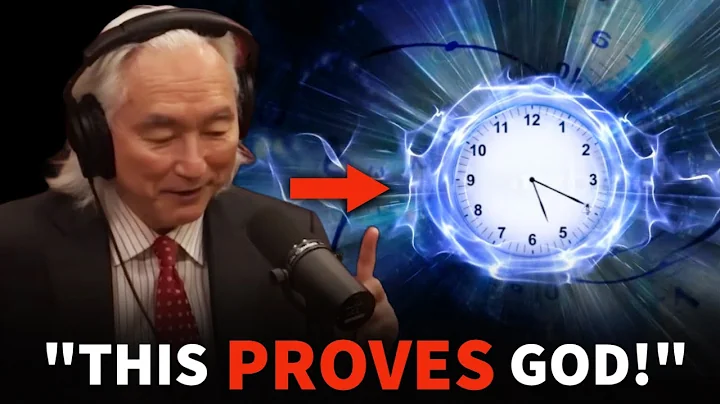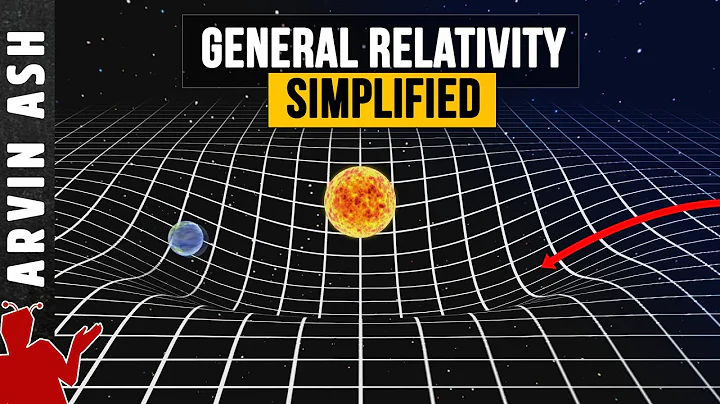At the beginning of the 20th century, Einstein created the general theory of relativity , which described the history of the development and evolution of the universe. In this theoretical system, space and time merge into a continuous unity, and the universe can be described as a four-dimensional space-time grid.

From this point of view, the expansion of the universe does not mean that the universe is expanding its territory, but that the space-time grid itself is expanding. Before the advent of the theory of relativity, Newtonian physics (the physical perspective that celestial bodies follow Newton's laws), space and time were absolute. In Newton's equations of motion, time was just a parameter.
At the same time, gravity is seen as the attraction between huge celestial bodies, but why gravity occurs is a mystery. Even though the equations of motion of general relativity can be simplified to Newton's equations of motion in many practical situations, the physical concepts of the two are completely different.

In the general theory of relativity, celestial bodies endow the space-time grid with some unique properties with the help of gravity. Gravity bends the space-time continuum, and general relativity treats gravitational effects as a manifestation of the curvature of space-time. Under the influence of gravity, some celestial bodies will "fall" from less curved space-time into more curved space-time.
According to Einstein’s equations of general relativity, space-time containing matter cannot remain static and must continue to expand or contract; galaxies are not moving away from each other in the true sense, but because they are in a fixed, expanding space-time In the grid, they give people the illusion of being far away from each other.

For example, draw some small black dots on the surface of a balloon, and then inflate the balloon. The distance between the little black dots (representing galaxies) will become larger, and if you live on one of them, you will think that the others are moving away from you. In fact, relative to the two coordinates (latitude and longitude) on the surface of the balloon, the small black dot is still in its original position and has not moved. It is the continuous expansion of the balloon that creates this illusion.
The question raised here cannot be answered by the theoretical system of general relativity that only considers four-dimensional space, because this means that there is another coordinate outside of space and time. Since space-time is so closely connected to matter, there is nothing beyond the surface of the "balloon" - space-time itself contains everything.





















